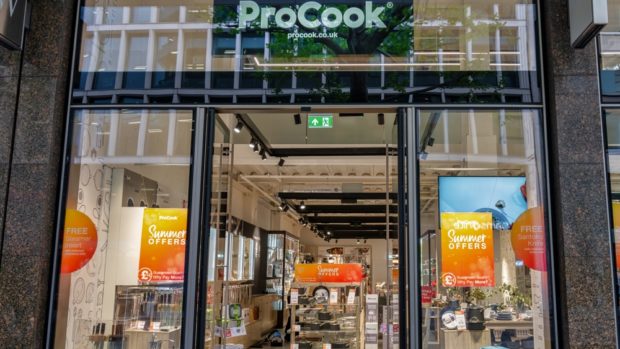With the positive online figures seen during the Black Friday and Cyber Monday 2016 period, Kaloyan Yordanov, chief delivery officer, Tryzens, argues that meticulous planning of websites ahead of time will help secure yet another year of boosted revenue during the 2017 peak trading period.
According to research from Adobe, Black Friday 2016 was a record-breaking year for online sales in the US, with $3.34bn spent online and a 17.7 per cent increase on sales from the 2015 period. Confirming the success of the event, research from Qubit, which analysed more than 50 million visits from 120 UK and US retailers, found that compared to a normal Friday, Black Friday traffic was up 220 per cent, while Cyber Monday experienced an increase of 155 per cent compared to a normal sales day. With the surge in website traffic and booming online retail figures seen during the peak trading period, it is critical to ensure websites are performing to the highest standard to capitalise on site visitors.
Kaloyan explains: “Websites play a pivotal role during the Black Friday and Cyber Monday periods. Customers are more digitally-savvy and require instant purchases, and on any device. For companies that get their websites right, they can exhibit strong figures during this period, yet those that fail to prioritise the value of their sites will suffer as a result. US retailers such as Macy’s and Walmart were notable companies that were on the wrong end of the peak sales period, due to server overload from the enormous traffic they were receiving. If customers aren’t able to access your site then you’re essentially putting yourself at risk of reduced revenues and even lingering doubts from customers to avoid your site for future Black Friday and Cyber Monday periods.
“Capacity planning is essential to understand if your site can confidently cope with a massive increase in load and meet expectations for growth. With more consumers buying from retailers based in different parts of the world, it’s no longer sufficient planning a month before Black Friday. Conducting performance reviews, load testing, and implementing small changes ahead of time can ensure the site is well designed to deal with peak traffic,” he said.
With the boost in site visits, retailers must also be astutely aware of the geographical differences and varied buying habits, rather than looking exclusively within domestic borders.
Kaloyan continues: “Planning for your website in terms of its IT might be one thing, yet another important consideration is the amount of traffic there is likely to be from locations all across the globe and making sure there is room for contingency. Individual geographic markets have wildly different growth rates and it is crucial to consider server capacity in the locations that will see major increases in eCommerce. In reports published last year on 2016 predictions about retail eCommerce growth, online sales were expected to rise by 16 per cent, whereas the growth rate in China was actually seen to be even greater at around 50 per cent. Other parts of South East Asia, underserved by retail eCommerce, could also experience even higher growth rates.”
Kaloyan concluded: “Understanding your customer’s needs in real-time is also important. People from all over the world will be shopping at various times of the day and night and thus understanding this data will go a long way to help prioritise decisions. Ultimately, there’s one thing that is universal – consumers want the ability to access products instantly at the touch of a button. If people can’t access your site, regardless of where they’re based, then you’re going to see more and more visitors dropping off.”








Share